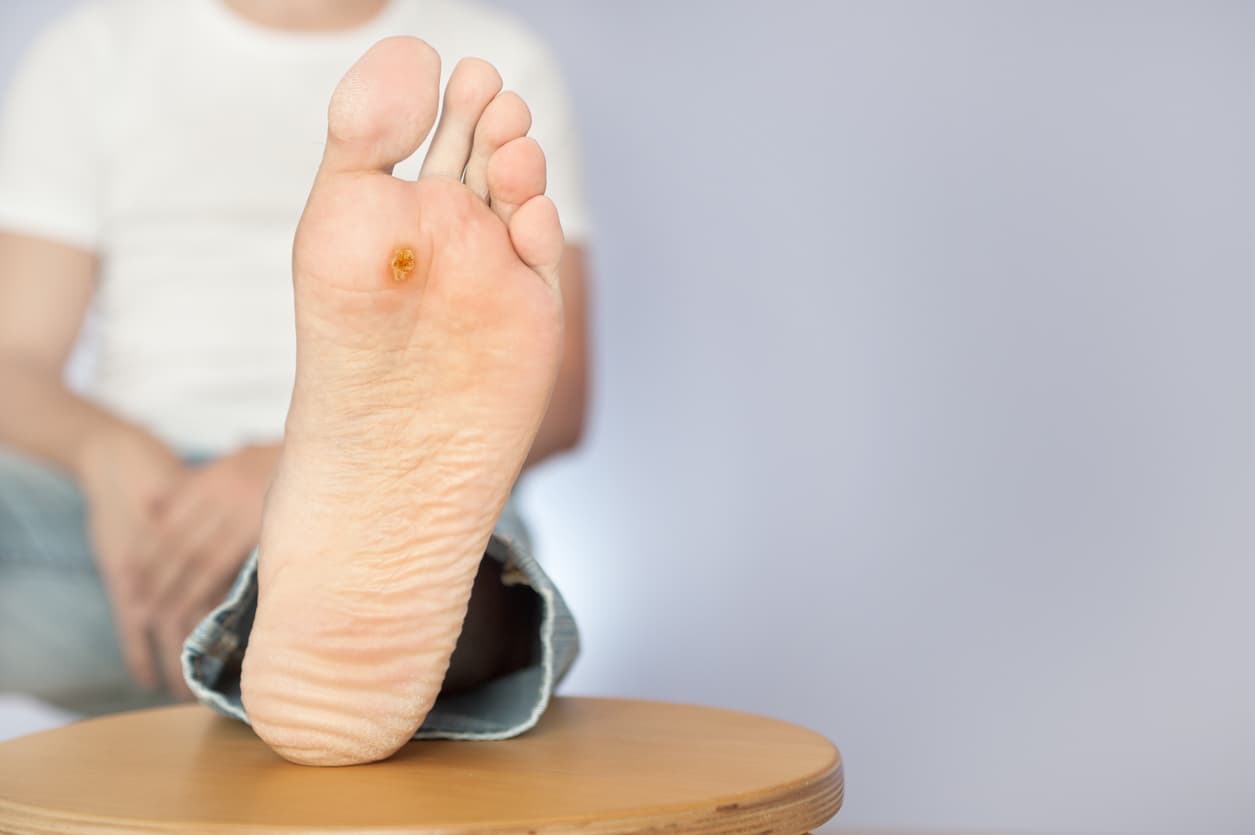Warts are small, grainy skin growths that occur when the human papillomavirus (HPV) infects the top layer of the skin. While they are generally harmless, warts can be unsightly, uncomfortable, and highly contagious. They appear most often on the hands, feet, face, and genitals, though they can develop anywhere on the body. Warts are more likely to affect people with weakened immune systems or damaged skin barriers.
There are various types of warts, including common warts, plantar warts, flat warts, and filiform warts. Each type may appear differently depending on its location and the HPV strain involved. While some warts go away on their own, others may persist or spread, prompting many individuals to seek Warts Removal in Dubai and other cities with advanced dermatological care.
The Link Between Skin Injuries and Warts
How Skin Injuries Can Trigger Wart Formation
Skin injuries, such as cuts, scrapes, burns, or abrasions, create an entry point for HPV to invade the body. This virus targets the skin's basal layer and replicates within the cells, ultimately forming a wart. Broken skin acts as a vulnerable gateway, making the injured area more susceptible to infection. Minor injuries like shaving cuts, nail-biting, or even cracked heels can be enough to allow the virus to enter. If the skin is compromised, especially in environments where HPV is present—like communal showers, swimming pools, or gym equipment—the chances of developing a wart increase significantly.
Who Is More Vulnerable?
Certain groups of individuals are more prone to warts, particularly following a skin injury. These include:
People with weakened immune systems
Children and teens, due to frequent skin injuries
Individuals with skin conditions like eczema or psoriasis
Athletes who share equipment or have frequent skin contact
When skin is already inflamed or injured, the virus can more easily penetrate and establish itself.
Can You Get Warts From Scratching?
Scratching an existing wart or injured skin can worsen the situation. When a person scratches a wart, they risk spreading the virus to nearby areas, causing more warts to form—a process known as autoinoculation. The friction created by scratching also causes micro-injuries that serve as new entry points for HPV. Injuries from scratching mosquito bites, rashes, or dry skin can inadvertently become the starting point for wart development, particularly if HPV is present on the skin or surfaces touched thereafter.
The Role of Hygiene in Wart Development
Poor hygiene can amplify the risk of developing warts from skin injuries. Not cleaning wounds properly, sharing towels, or touching contaminated surfaces without washing hands increases exposure to HPV. Once the virus comes in contact with broken skin, it can quickly initiate the infection process. Maintaining proper hygiene, especially after sustaining a cut or scrape, is essential to reduce the likelihood of HPV transmission and wart formation. Using clean bandages, antiseptics, and avoiding unnecessary contact with shared items can significantly lower the risk.
What to Do If a Wart Appears After a Skin Injury
If a wart develops following a skin injury, it’s important not to ignore it. Early intervention can help prevent its spread and minimize discomfort. Warts can be treated in several ways, including topical treatments, cryotherapy (freezing), laser therapy, or chemical peels. While some over-the-counter solutions are available, persistent or bothersome warts may require professional removal. Seeking professional Warts Removal or a local dermatology expert ensures that the right treatment approach is taken for your skin type and the wart’s severity.
Final Thoughts
Warts may be common, but their link to skin injuries is often underestimated. Understanding how broken skin can allow the HPV virus to take hold empowers individuals to take better care of their skin. By keeping the skin healthy, managing injuries properly, and practicing good hygiene, the risk of developing warts can be significantly reduced. And if warts do appear, remember—treatment is readily available. For those looking for expert care, professional Warts Removal offers advanced options tailored to every skin type and concern. Prevention, awareness, and prompt care go a long way in maintaining smooth, wart-free skin.
